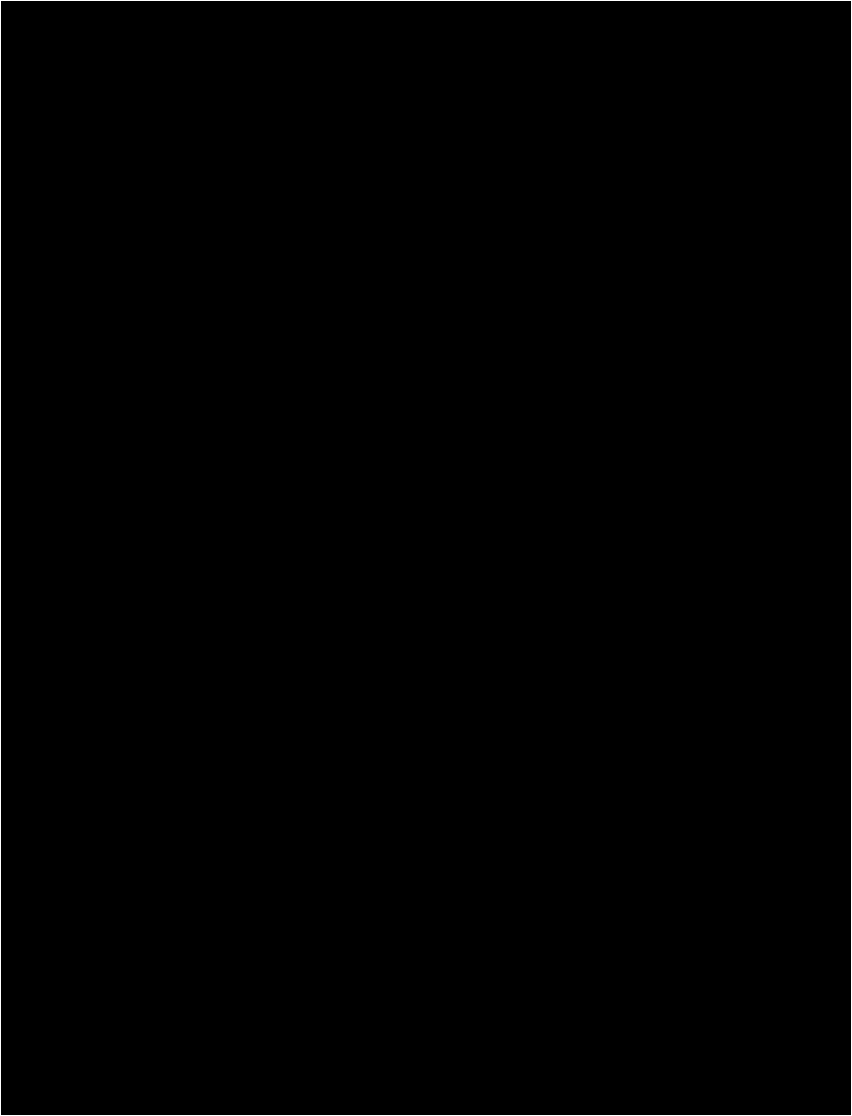
Example of a 3D lenticular poster:
3D Lenticular Printing
Lenticular printing is a multi-step process consisting of creating a lenticular image from at least two existing images, and combining it with a lenticular lens. This process can be used to create various frames of animation (for a motion effect), offsetting the various layers at different increments (for a 3d effect), or simply to show a set of alternate images which may appear to transform into each other. Once the various images are collected, they are flattened into individual, different frame files, and then digitally combined into a single final file in a process called interlacing.
From there the interlaced image can be printed directly to the back (smooth side) of the lens (this is the ideal method) or it can be printed to a substrate (ideally a synthetic paper) and laminated to the lens. When printing to the backside of the lens, the resulting animation effect is clearly better, however the critical registration of the fine "slices" of interlaced images must be absolutely correct during the lithographic or screenprinting process or "ghosting" and poor imagery might result.
The combined effect can be used to show two or more different images simply by changing the angle one views the print from. If you use more images, taken in a sequence (30+), one can even show a short video of about one second. Though normally produced in sheet form, by interlacing simple images or different colors throughout the artwork, lenticulars can be created in roll form with 3D effects or multi-color changes. Alternatively, one can use several images of the same object from slightly different angles and then create a lenticular print, which will then result in a three-dimensional effect. 3D effects can only be achieved in a side to side (left to right) direction, as your left eye needs to be seeing a slightly diiferent angle as your right to achieve the stereoscopic effect. Other effects, like morphs, motion, zooms work better (less ghosting or latent effects) as top-to-bottom effects but can be achieved in both directions.
The combined effect can be used to show two or more different images simply by changing the angle one views the print from. If you use more images, taken in a sequence (30+), one can even show a short video of about one second. Though normally produced in sheet form, by interlacing simple images or different colors throughout the artwork, lenticulars can be created in roll form with 3D effects or multi-color changes. Alternatively, one can use several images of the same object from slightly different angles and then create a lenticular print, which will then result in a three-dimensional effect. 3D effects can only be achieved in a side to side (left to right) direction, as your left eye needs to be seeing a slightly diiferent angle as your right to achieve the stereoscopic effect. Other effects, like morphs, motion, zooms work better (less ghosting or latent effects) as top-to-bottom effects but can be achieved in both directions.

Source: http://en.wikipedia.org/wiki/Lenticular_printing
There are several film processers that will take two or more pictures and create lenticular prints for hobbyists, at a reasonable cost. For slightly more you can buy the equipment to make your own from scratch. This is in addition to the many corporate services that provide high volume lenticular printing.
There are many commercial end uses for lenticular which can made from PVC, APET, Acrylic, PETG as well as other substrates. While PETG and APET are the most common, other substates are becoming popular to accommodate outdoor use and special forming due to the increasing use of lenticular in cups and gift cards. Lithographic lenticular allows for the flat side of the lenticular sheet to have ink placed directly onto the lens, while high-resolution photographic lenticular typically has an image laminated to the lens.
Recently, large format (over 80") lenticular used in bus shelters and movie theaters have been printed using an oversized litho-press. Many advances have been made in this growing industry to the extrusion of lenticular lens and the way it is printed which has led to a decrease in cost and an increase in quality. Lenticular has recently seen a surge in activity from gracing the cover of the May 2006 issue of Rolling Stone to trading cards, sports posters and signs in stores that help to attract buyers.
There are many commercial end uses for lenticular which can made from PVC, APET, Acrylic, PETG as well as other substrates. While PETG and APET are the most common, other substates are becoming popular to accommodate outdoor use and special forming due to the increasing use of lenticular in cups and gift cards. Lithographic lenticular allows for the flat side of the lenticular sheet to have ink placed directly onto the lens, while high-resolution photographic lenticular typically has an image laminated to the lens.
Recently, large format (over 80") lenticular used in bus shelters and movie theaters have been printed using an oversized litho-press. Many advances have been made in this growing industry to the extrusion of lenticular lens and the way it is printed which has led to a decrease in cost and an increase in quality. Lenticular has recently seen a surge in activity from gracing the cover of the May 2006 issue of Rolling Stone to trading cards, sports posters and signs in stores that help to attract buyers.
Animation Schools | Free Animations | Animation Freeware & Shareware | Animation Top 10's | Fun Art Quizzes | Build A Website | Web Design Software
Animation Schools | Free Animations | Animation Freeware & Shareware | Animation Top 10's | Art Quizzes | Build A Website | Web Design Software
Contact | Sitemap | Privacy Policy | Article Archive
Copyright 2006-2008 Build A Website
Contact | Sitemap | Privacy Policy | Article Archive
Copyright 2006-2008 Build A Website
